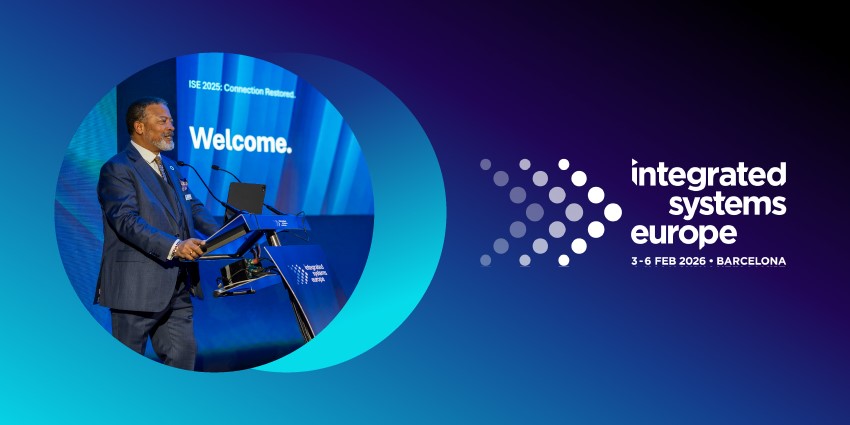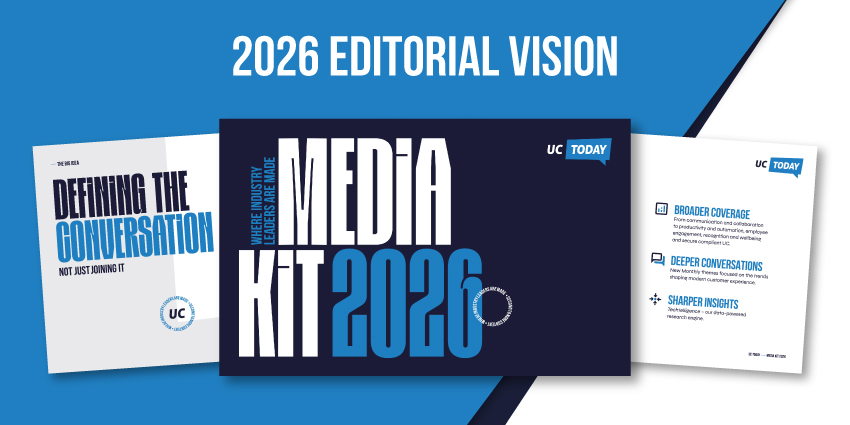What FMC benefits have you witnessed in 2020?
The events of the last year have really shifted the needle on FMC, and what can be achieved with it. It has taken a worldwide pandemic for organisations across the globe to implement UC suites that were previously further away in their technology roadmap or, in some cases, enable certain productivity features within their infrastructure they hadn’t previously allowed.
What’s been enlightening for so many this year is witnessing the benefits of a far more agile workforce that has had to make wholesale changes to working practices. These have had positive impacts for many businesses.
Our customers have shared some great results with us, including more engaged employees, increased staff retention due to better work/life balance, being able to work from anywhere, reduced costs in the areas of transport and the associated carbon footprint benefits – the list goes on.
The growth in FMC was always there – it’s just that the events of 2020 have accelerated the timetable for so many companies.
What are the most common challenges with FMC and remote working?

Crucially, communication between company and customer isn’t the primary challenge with organisations who have made the shift to a remote workforce – it’s actually more about how employees interact with one another, both within their teams and when collaborating with other teams. So it becomes less about picking up an inbound call to a DDI on a mobile versus a desk phone, and more about how you bring others into the conversation, especially ad-hoc from any device, and then of course how you keep that conversation moving if you need to switch from one endpoint to another.
For a lot of companies it’s a clunky experience with forwarding rules, outbound dialling, and click-heavy keypad interactions. For that convergence piece to work it needs to be a fluid experience for the employee, enabling them to easily pull other people into existing voice and video conversations on-the-fly, whether they’re in front of a computer or on a smartphone.
Delivering an effective collaboration experience on desktop is one thing, but it’s a far greater challenge on mobile, simply due to the screen size limitations. As a vendor we have to remember that even with a remote workforce, endpoints still change throughout the day, and accessibility is even more important than it was before.
If the experience, especially on mobile, is poor then employees look for workarounds to simplify what they need to achieve. This is where the danger sets in, especially in regulated industries.
If you’re a financial services firm that records calls for MiFID II compliance, what you don’t want is the employee making WhatsApp group calls outside of your telephony compliance suite because the UC platform you put in place doesn’t have a fluid conferencing experience on mobile. The employee has taken the path of least resistance, but the company finds itself at risk because it hasn’t recorded that call. All of this can be avoided if you ensure the experience on mobile, desktop, and desk phone is feature-rich yet easy to interact with.
Platforms that enable you to make and answer calls from a desk phone, computer, or mobile is nothing new – it’s the staple diet of a UC solution. However, the simplicity and ease of how people interact with one another through the user interface is what ensures the experience and ongoing adoption remains positive.
Are presentation numbers still important?
For many organisations there is always that need to have a ‘physical’ presence in certain geographies for reasons such as customer perception. However, there has been an internal shift in habits.
As recently as last year, if people knew you were working from home they would typically call your mobile number, even if you had a desk phone or softphone. With the recent explosion in home working that sentiment has shifted, and there’s a reasonable expectation that if you’re working remotely then you’ll have access to all the same systems and services you would in the office. That includes telephony.
Even within our own teams, dialling a colleague’s mobile number is almost unheard of, even though ironically almost half of the internal calls we make are picked up on mobile devices. While we need mobile connectivity, mobile numbers themselves are becoming less important for us, as we live by extension numbers and DDIs, irrespective of the endpoints. It will be interesting to see how this evolves.
Guest Blog by Sam Giggle, Head of Sales, TelcoSwitch
Telcoswitch is a fast-growing Telecommunications company that delivers optimised business communications via an end-to-end, open standards-based hosted telephony platform. From hardware, with our partnerships with Yealink and other leading manufacturers, to CallSwitch, our own flexible and powerful software platform, designed from the ground up by telco industry veterans.







